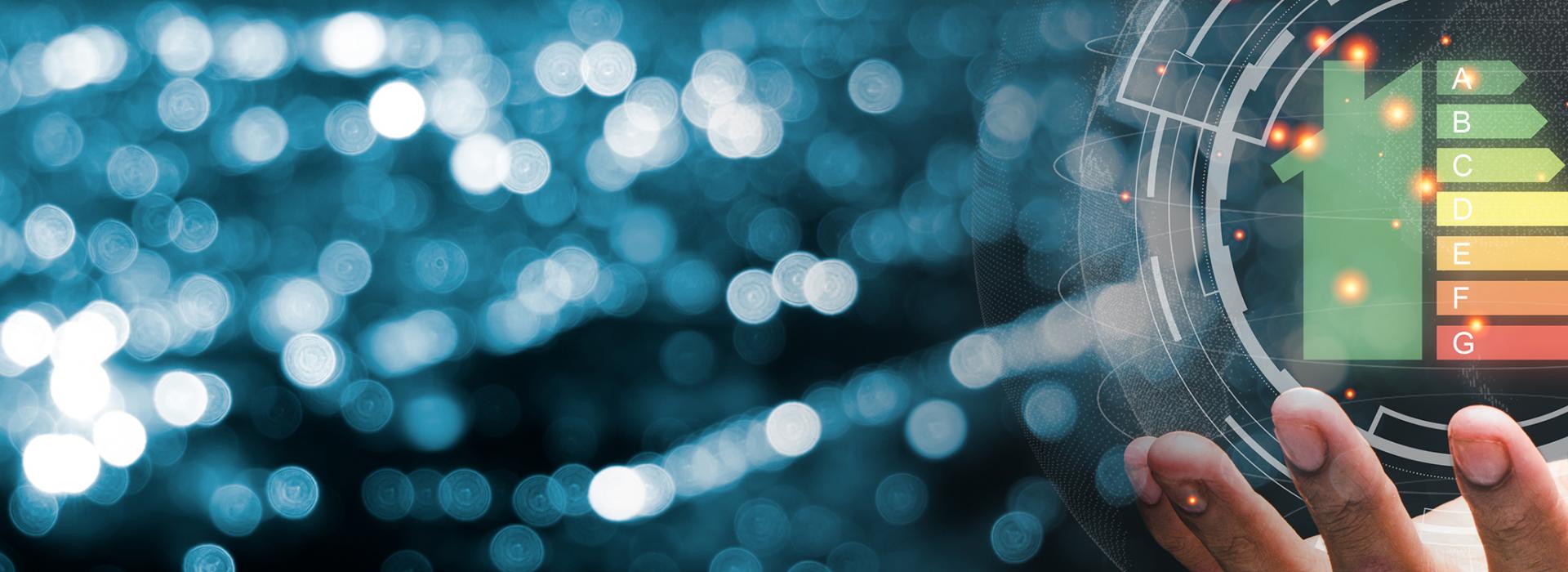

The International Energy Agency has made recommendations based of its findings in its latest report on ‘The Value of Urgent Action on Energy Efficiency’ were they discuss and bring to light ‘already cost effective and pay for themselves’ solutions that will be particularly helpful given the global wholesale gas prices have drastically increased this year.
The IEA’s emissions calculation is predicated on the avoidance of 95 EJ (95 quadrillion joules) of final energy consumption globally this decade – around the annual energy consumption of China, the world’s largest consumer of primary energy, that the IEA is forecasting for 2030. 95 EJ is equivalent to around a 5% reduction in global energy demand in 2019.
Highlights from the report include:
The IEA’s report states that this level of energy consumption avoidance will be possible, even as the global population grows and efforts to provide those in need with improved energy access. It emphasises that improved energy efficiency is compatible with economic growth and could play an important role in ensuring that economic growth contributes to levelling up. Energy efficiency technologies could also be a market which would create an additional 10 million jobs by 2030, on top of those forecast to be created by existing policies.
Achieving these benefits for people, economy and planet will require fast-tracked action on energy efficiency from the public and private sectors across the world. The IEA sees around a third of the avoided energy demand in its forecast scenario coming from the deployment of more efficient equipment. The report states that there is still much low-hanging fruit to be picked in terms of technical efficiency in homes, commercial buildings, vehicles and industrial operations.
Peoples change in the way they behave will also play an integral part in delivering roughly 18% of the avoided energy demand that the IEA has identified. This covers simple changes, like building occupants lowering their thermostats by 1-2C, and more drastic changes to travel patterns, as highlighted in the IEA’s Ten-Point-Plan for reducing Europe’s oil consumption rapidly, first published in March. This plan outlines how urban areas, in particular, can discourage the frequent use of petrol and diesel cars for individual occupants, floating measures such as recommending remote working three days a week.
Across all of these areas, the IEA is compelling nations to focus short-term actions on transport and buildings, while laying the foundations for longer-term efforts to improve the energy efficiency of heavy industry.